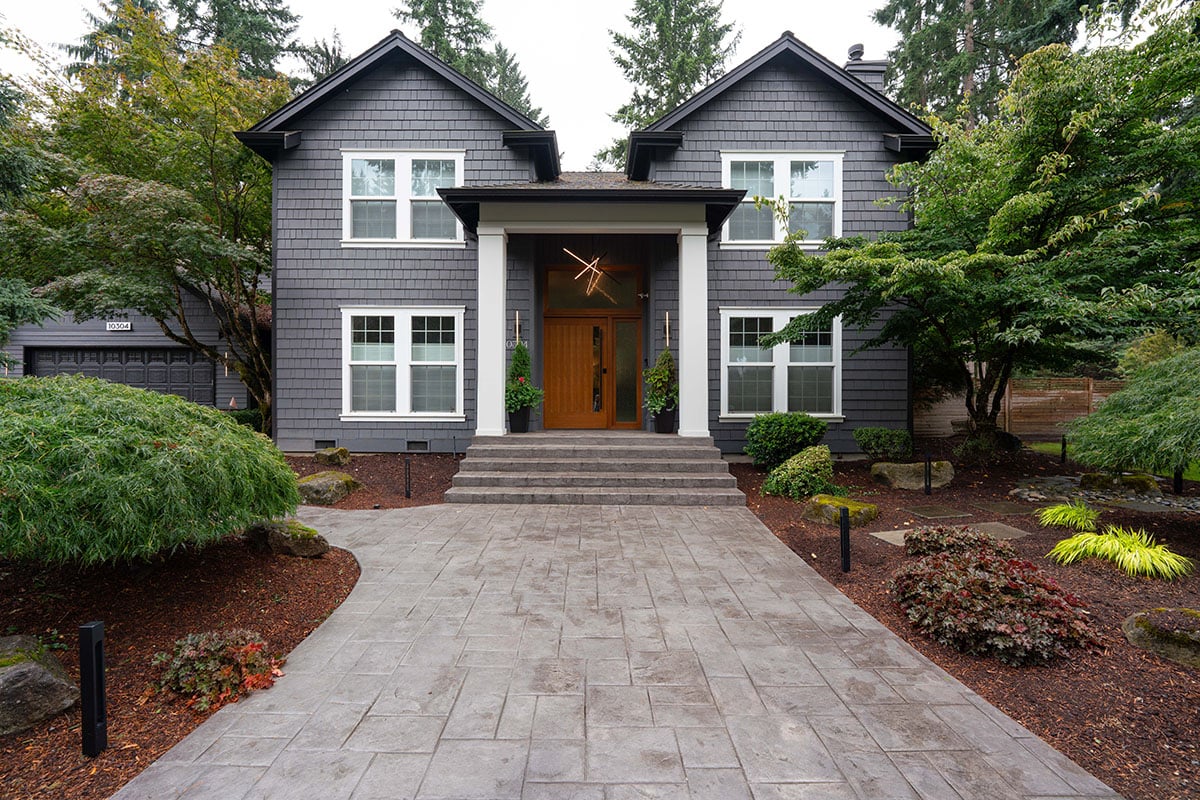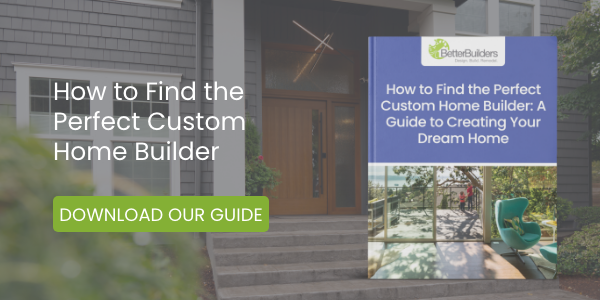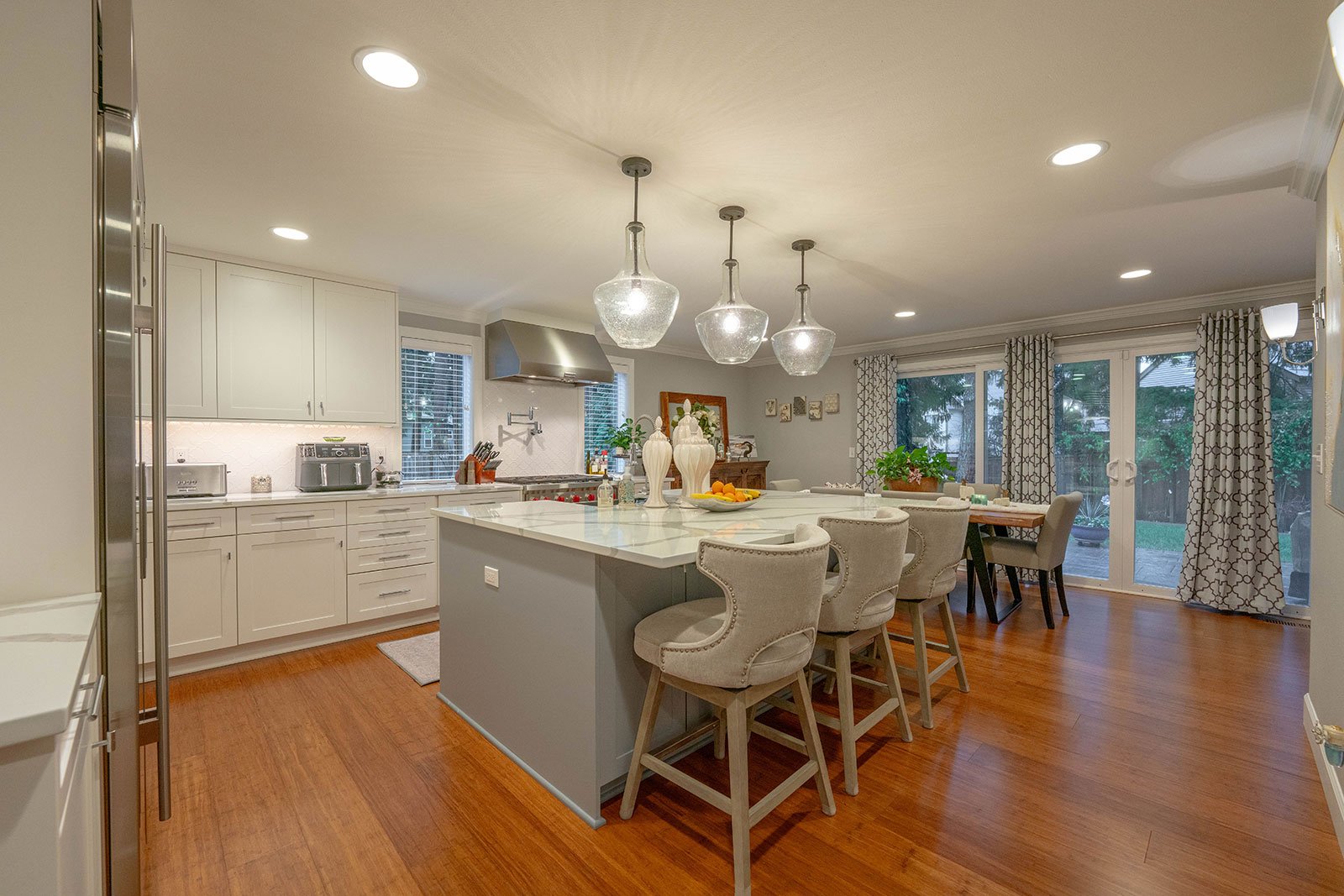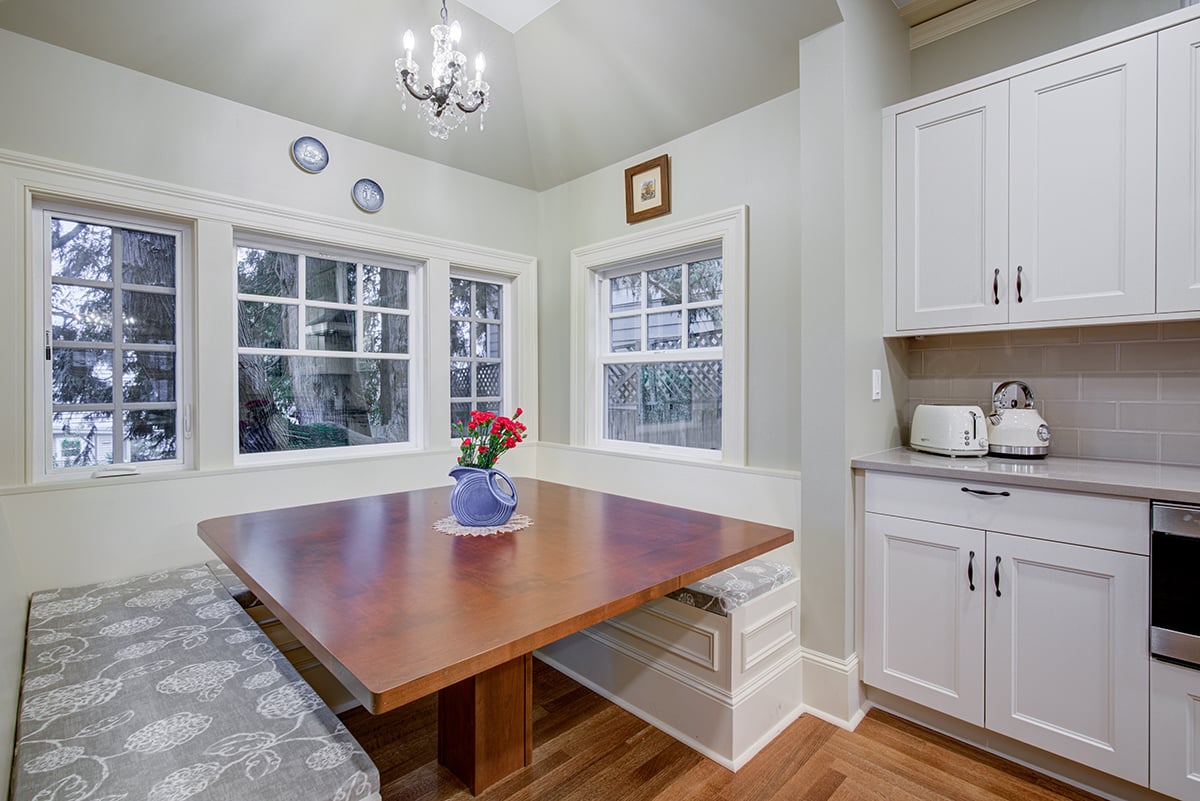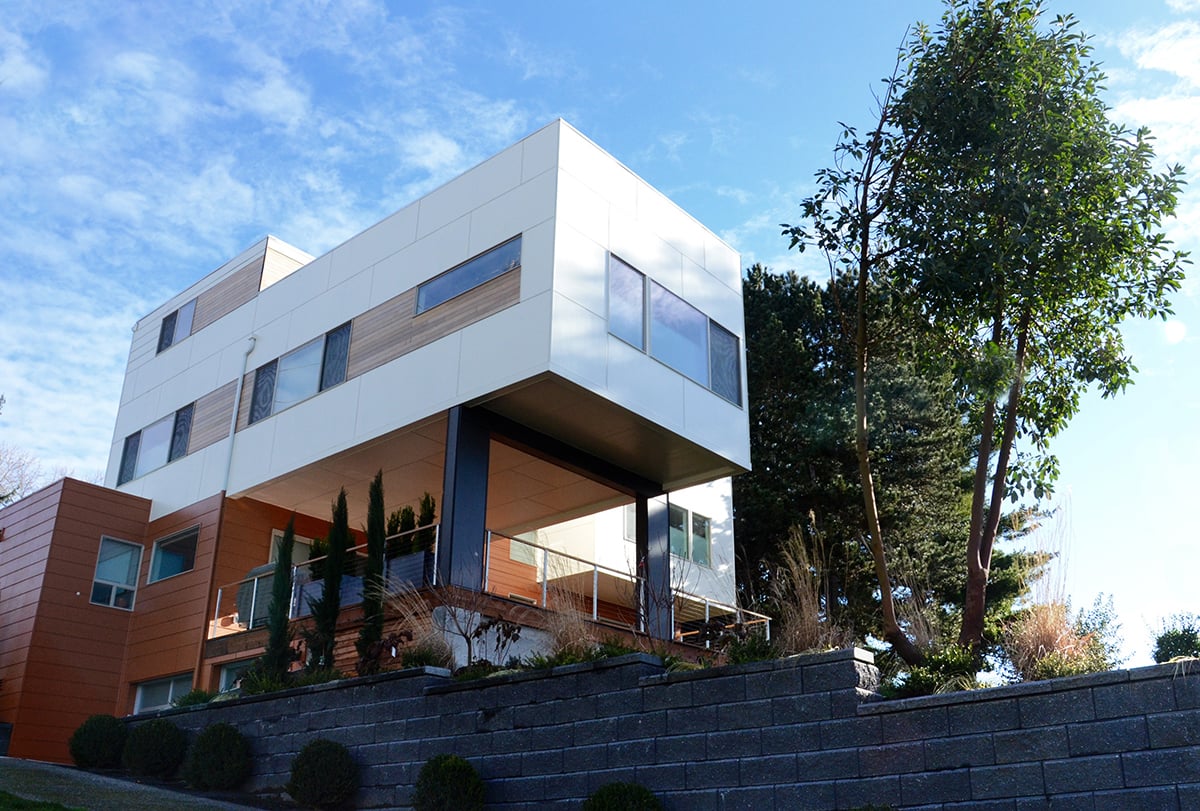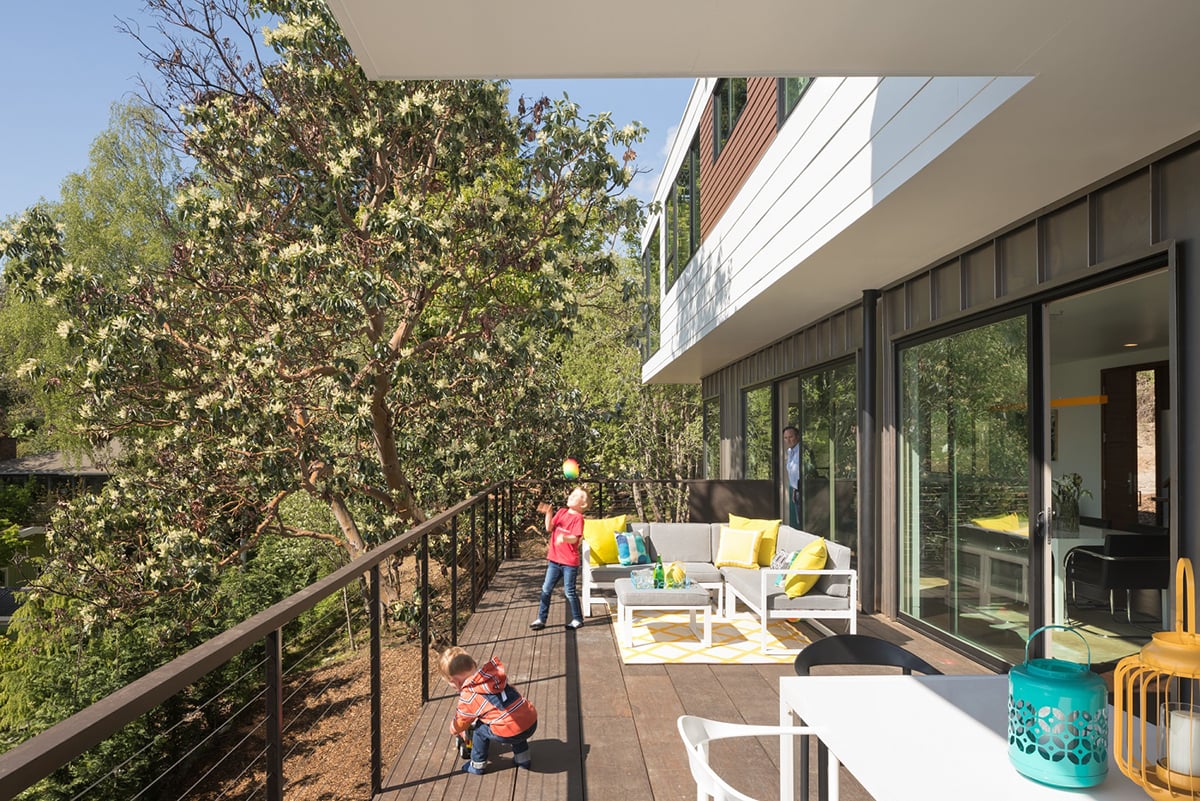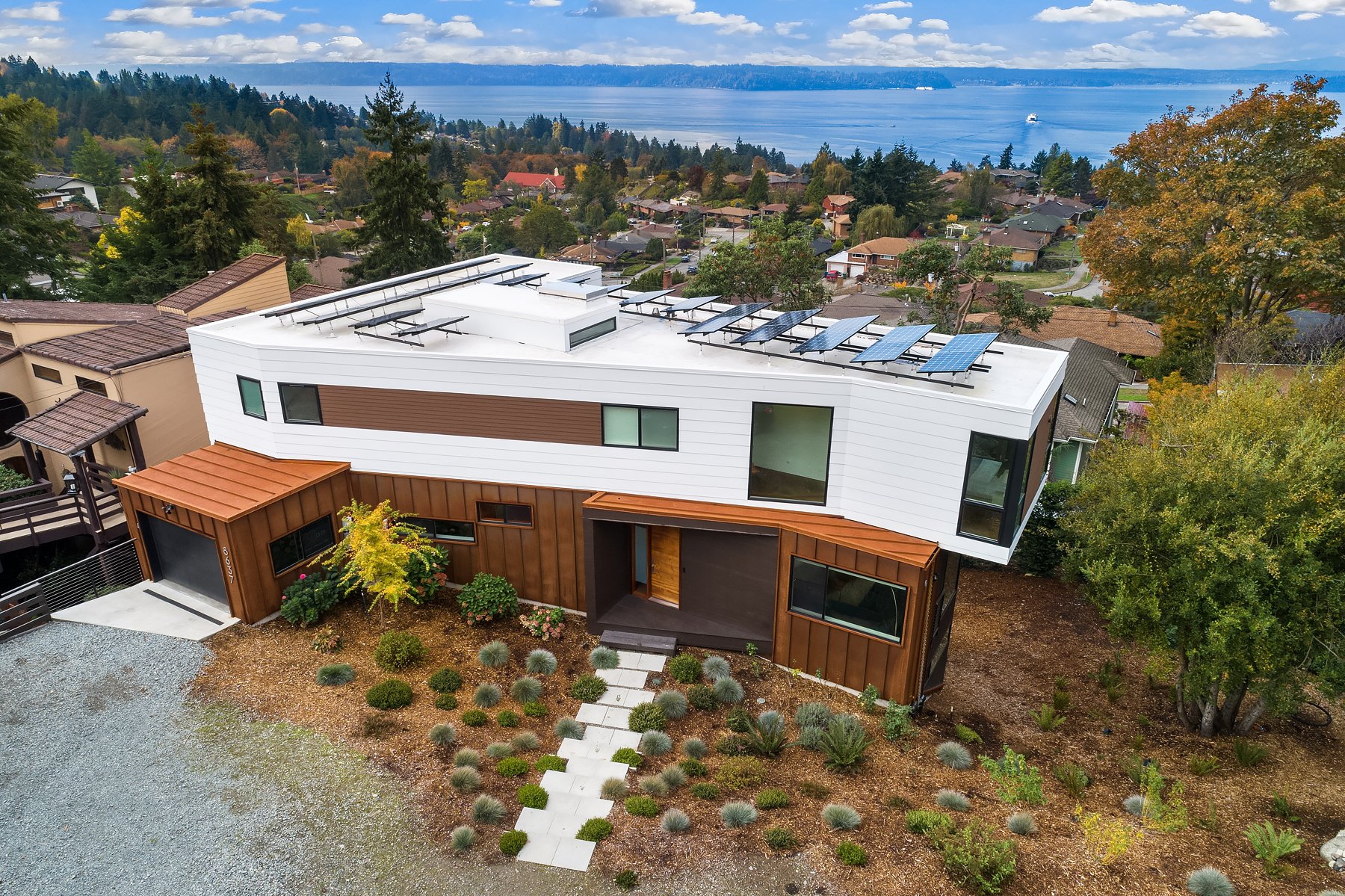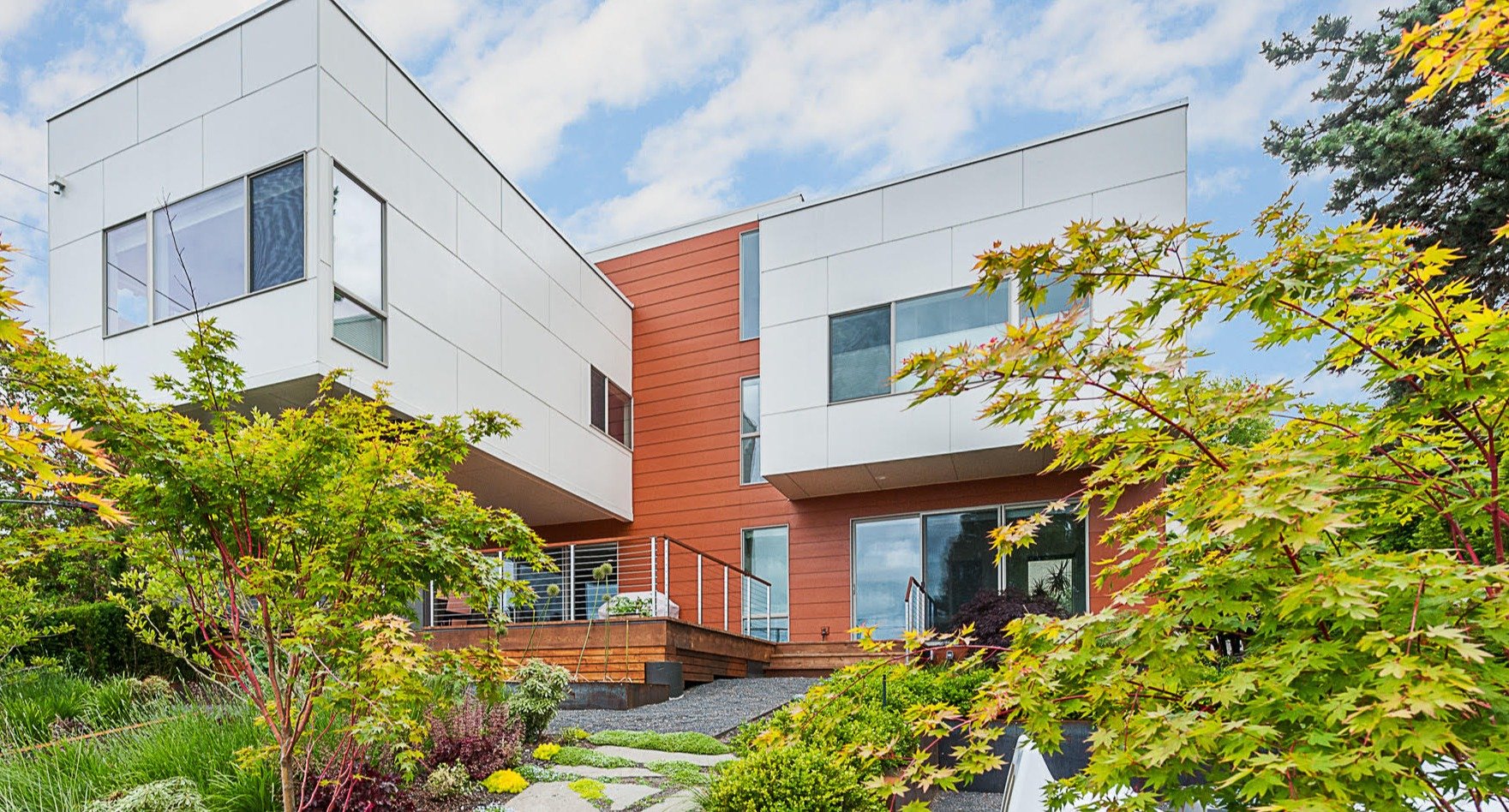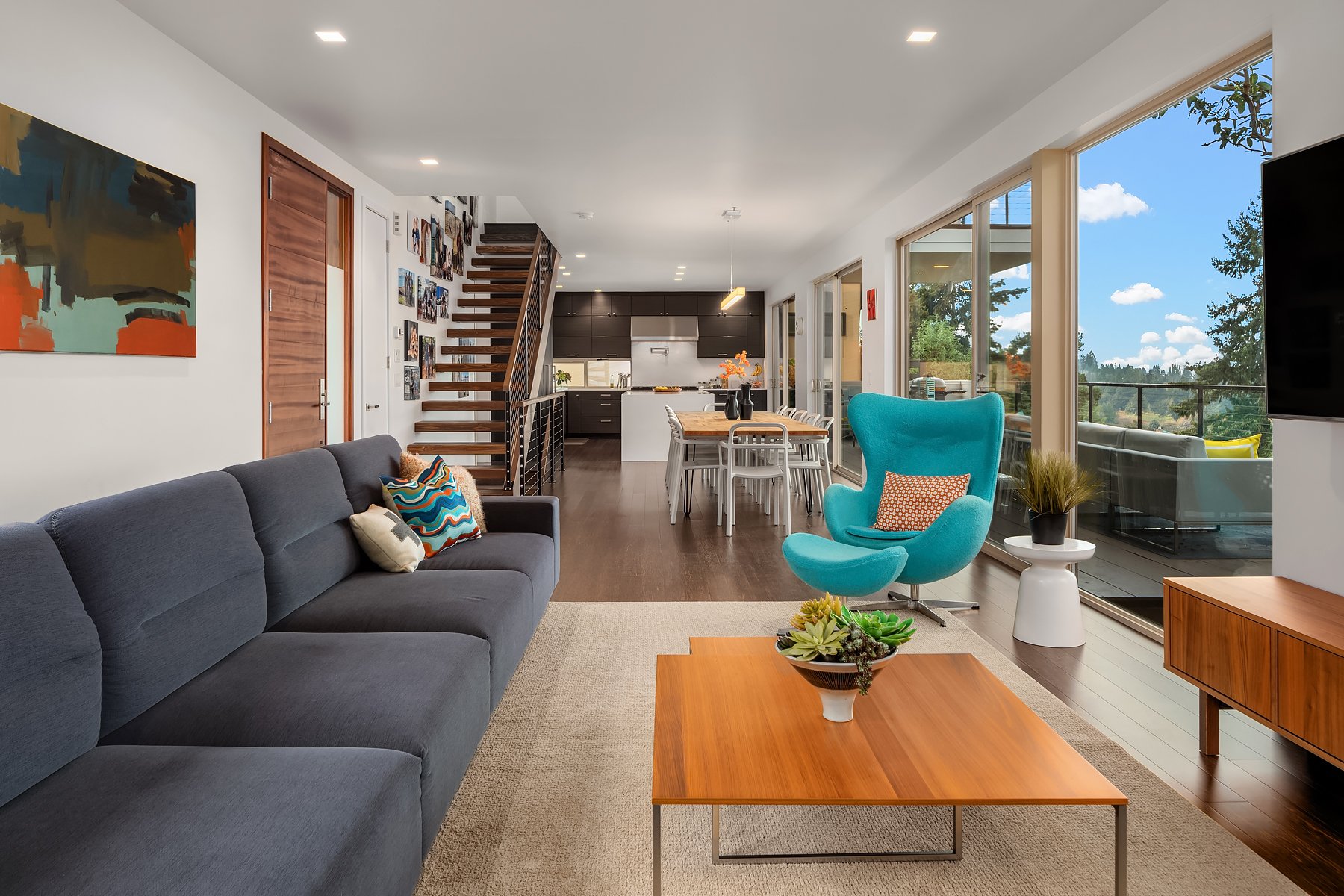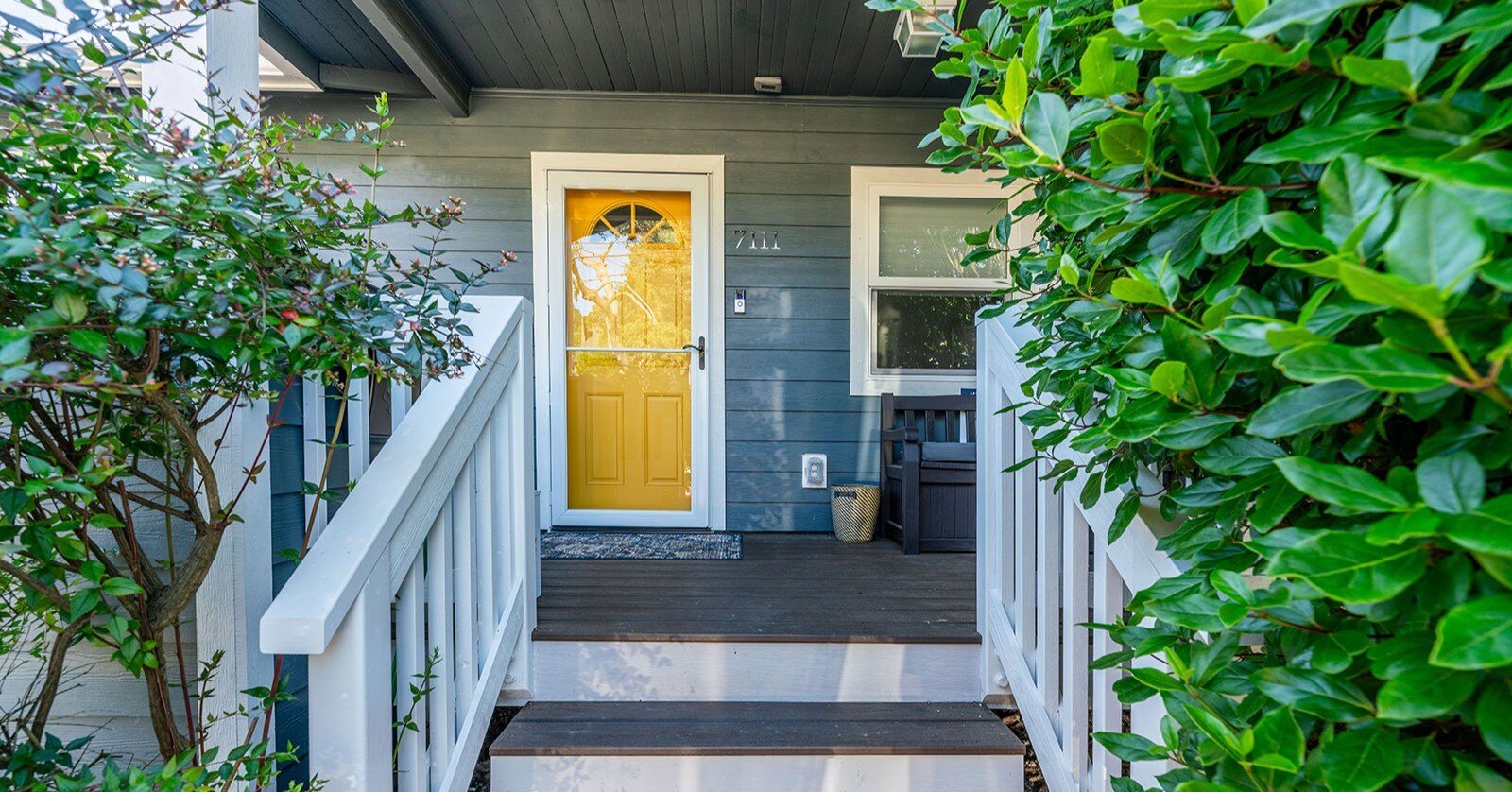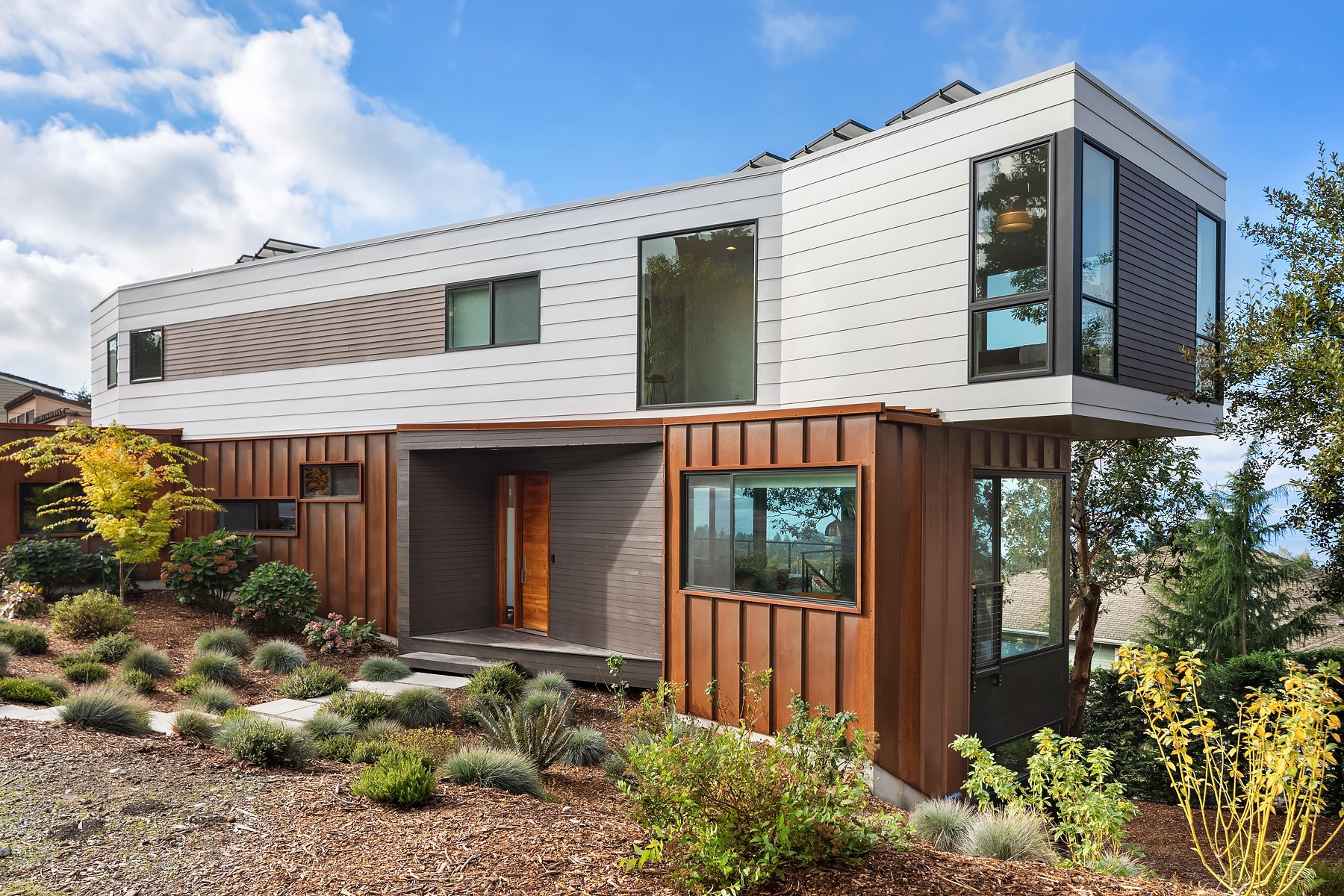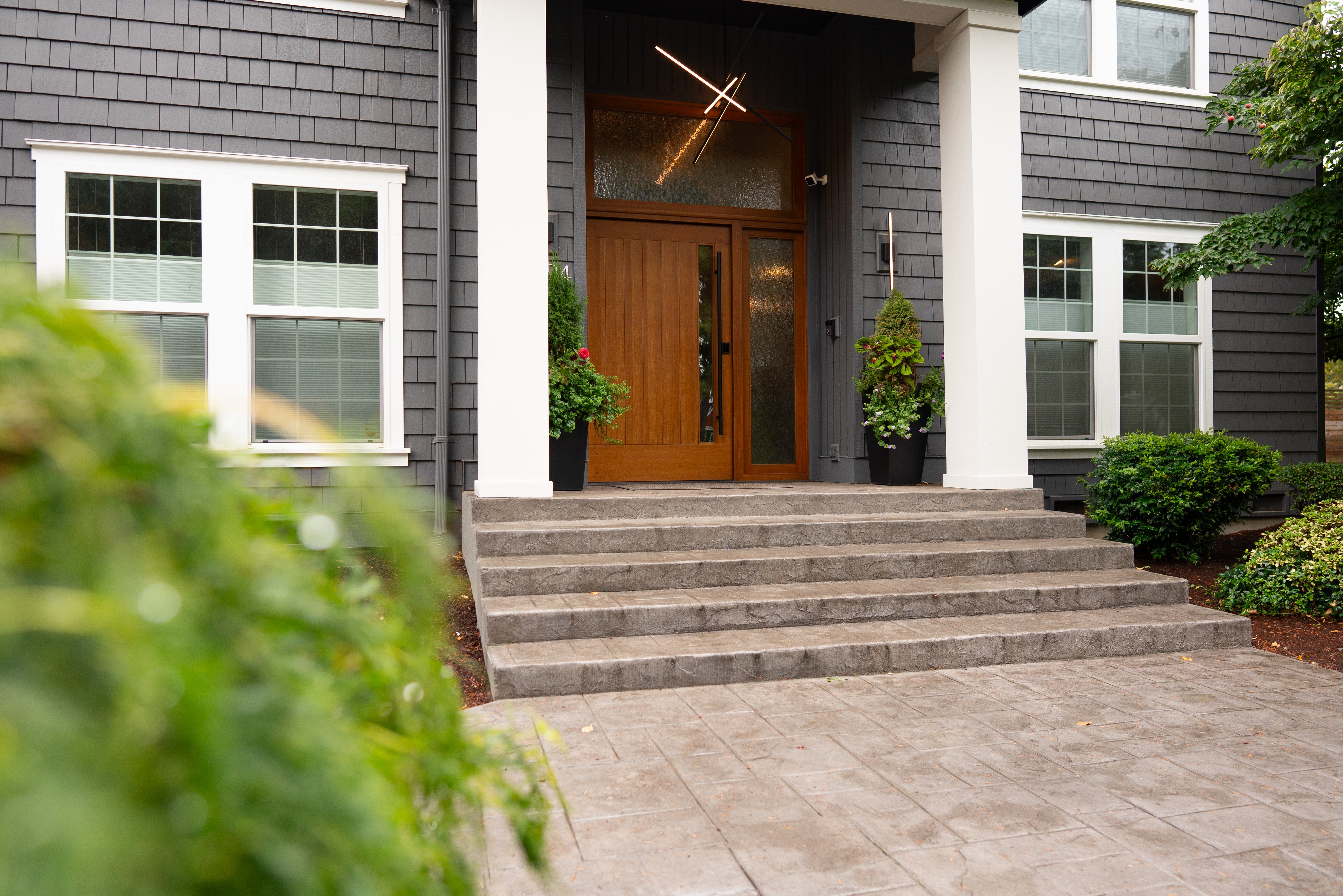When it comes to designing your custom home, choosing the perfect architectural style is a key decision that will shape its overall look and feel. Aligning your vision with the right architectural design style that reflects your personality, lifestyle, and needs is crucial. But with an overwhelming number of options, it can be challenging to narrow down your decision. Collaborating with a knowledgeable design-build team can help you navigate the myriad of options and uncover the perfect architectural style for your dream home.
From Victorian design to minimalist contemporary homes, we'll explore the unique characteristics of each style and provide insights to assist you in selecting the perfect match for your vision.
How Do I Choose a Specific Architectural Style for My Custom Home?
Understanding your preferences is paramount when selecting an architectural design style for your custom home. Begin by introspecting on your personality and aspirations for your living space. Do you envision a home that stands out as a unique masterpiece or one that seamlessly integrates with the surrounding neighborhood's aesthetics?
It's important to note that architectural styles are not rigid templates but adaptable frameworks that can be tailored to your needs. For instance, if you lean towards a Colonial-style architecture with intricate exterior details, be prepared for potential cost implications associated with its elaborate features.
What are the Different Types of Architectural Styles?
Begin the process by understanding common architectural styles.
Common Architectural Styles Include:
-
Midcentury Modern (MCM) - Midcentury Modern architecture is an American classic influenced by the German Bauhaus Design and Architecture School when many Germans emigrated to America following World War II. Midcentury modern architecture is characterized by functional design, clean lines, minimal ornamentation, and integration with nature.
:max_bytes(150000):strip_icc()/mid-century-modern-architecture-5072981-hero-b2102756fb5544ce962e0701f9e44e65.jpg)
Photo courtesy of The Spruce -
Victorian - Referencing the era of Queen Victoria’s reign in Europe, Victorian-era architecture overlaps many styles, including Gothic revival, Greek revival, Romanesque revival, and colonial. Victorian architecture is known for its elaborate detailing, asymmetrical facades, and ornate embellishments.

The Painted Ladies in San Francisco, Photo from House Beautiful -
Craftsman - Craftsman architecture is a popular American home style that emerged at the turn of the 20th century and is characterized by wide, low layouts, gabled roofs, open floor plans, wood framing, and front porches that feature support columns and exposed rafters.
:max_bytes(150000):strip_icc()/craftsman-homes-5070211-hero-e13889c50bec48a386a8b51b25f748c1.jpg)
Photo courtesy of The Spruce -
Art Deco - Art Deco architecture rose to popularity in the 1920s and ’30s, making its way around the world from France to New York to Shanghai. Through its flamboyant features with Greek and Egyptian influence, the Art Deco style architecture is characterized by geometric shapes, bold colors, luxurious materials, and futuristic design art deco style elements

Photo from Habitus Living -
Tudor—The Tudor style emerged in the late 1400s when craftsmen built two-toned homes combining Renaissance and Gothic designs. This style is recognizable for its steeply pitched roofs, decorative half-timbering, and intricate masonry.

Photo from ELLE Decor -
Colonial - “Colonial architecture is a broad-based, umbrella term including several architectural styles that reflect the multicultural influence of early settlers to the United States, such as saltbox-style homes, Georgian, Cape Cod, French Colonial, Spanish Colonial, and Dutch Colonial, among others.” Features often include symmetrical design, formal entryways, and classic proportions.
:max_bytes(150000):strip_icc()/american-colonial-style-architecture-5094947-hero-cf7de7e2627c4e07895a964cc0e6dc10.jpg)
Photo from The Spruce - Spanish Colonial Architecture - This classic style is commonly seen across the South, including Florida, Texas, California, and the Southwest. It features baroque design elements like terra-cotta clay tile roofs, white stucco walls, soft arches, and carved wooden doors.
:strip_icc()/102355529-12b91fe0a89a4df38a9129276cd99ecf.jpg)
Photo from Better Homes & Garden -
Modern Architecture - “The dawn of modern architecture came at a time when hand-labored craftsmanship was being replaced with machine-made industrialization.” The style emphasizes minimalist modern style, simplicity, open spaces, and innovative materials.
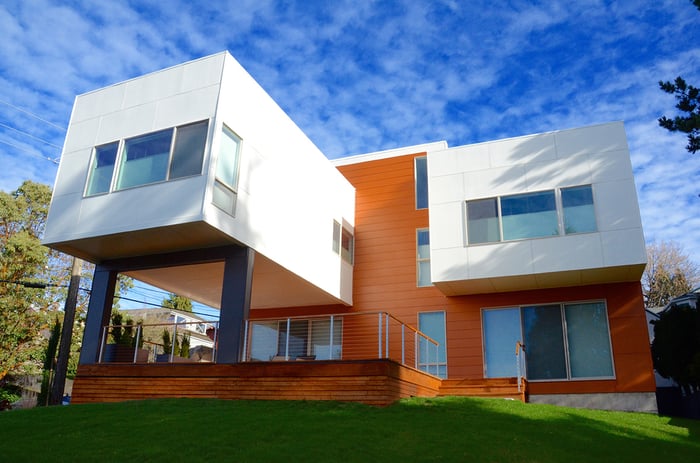
Othello Modern House, built by Better Builders, design by PRDG Architecture + Design -

Photo from One Kindesign
How the Property Will Impact Your Home’s Design
The characteristics of your property significantly influence the architectural design possibilities for your custom home. Consider the following factors:
-
Acreage: Larger plots afford flexibility in designing single-level dwellings such as ranch-style homes, ideal for Mid-Century Modern, modern, or contemporary styles. Ample outdoor space allows for creative landscaping and seamless indoor-outdoor transitions.
-
Smaller City Lots: Limited space often necessitates multi-level homes, exemplified by the trend of tall, skinny designs in urban settings like Seattle. These designs are tailored to maximize square footage while considering zoning regulations and building restrictions.
The location of your lot may impose constraints, particularly in historic districts where adherence to specific exterior designs is mandatory. Collaborating with a design-build company well-versed in local regulations is essential to navigating these challenges.
How The Design Process Works
Effective collaboration between homeowners and design-build professionals is pivotal in translating aspirations into reality. Prioritize transparency and clear communication throughout the design process to ensure alignment between vision and budget.
Commence with budget discussions to establish realistic expectations and strategic priorities. Engage in iterative meetings with architects and designers to refine your vision, considering both functional requirements and aesthetic preferences.
Embrace a holistic approach by contemplating how you envision using your home—from entertaining guests to creating culinary masterpieces in a chef's kitchen. Leverage cutting-edge technology like 3D renderings to visualize design concepts and make informed decisions.
Your Vision Brought to Life
Choosing the perfect architectural design style for your custom home is a deeply personal endeavor shaped by your lifestyle, preferences, and budget. You can turn your dream home into a tangible reality by partnering with a reputable design-build firm that prioritizes client collaboration and innovation.
Remember, the hallmark of a successful partnership lies in feeling comfortable and understood by your design-build team. Trust your instincts and seek professionals who are committed to realizing your vision with integrity and expertise. With the right guidance and unwavering dedication, your custom home journey promises to culminate in a masterpiece that reflects your unique identity and aspirations.
For more information on building your perfect custom home, download our eBook, “How to Find the Perfect Custom Home Builder: A Guide to Creating Your Dream Home”

